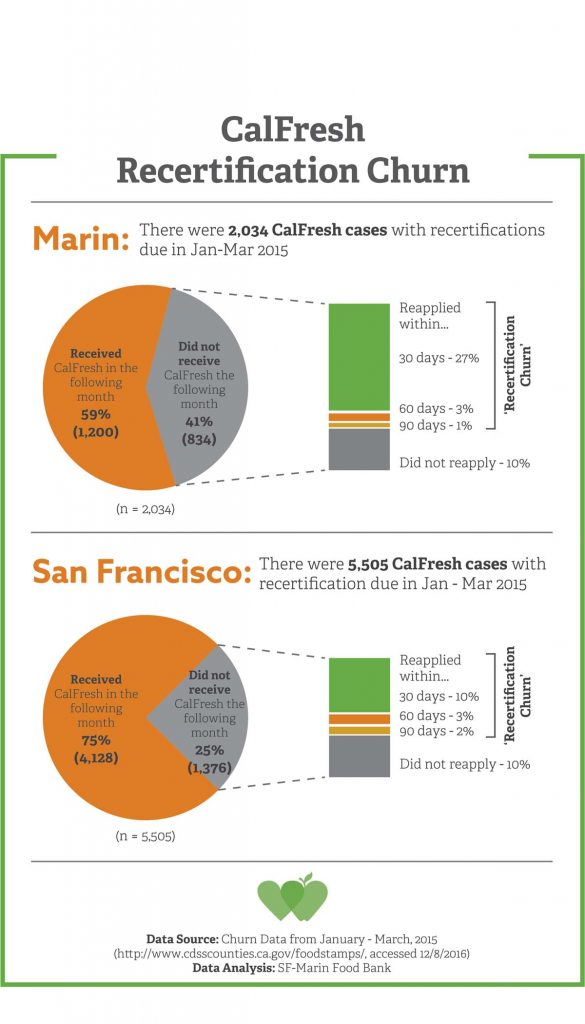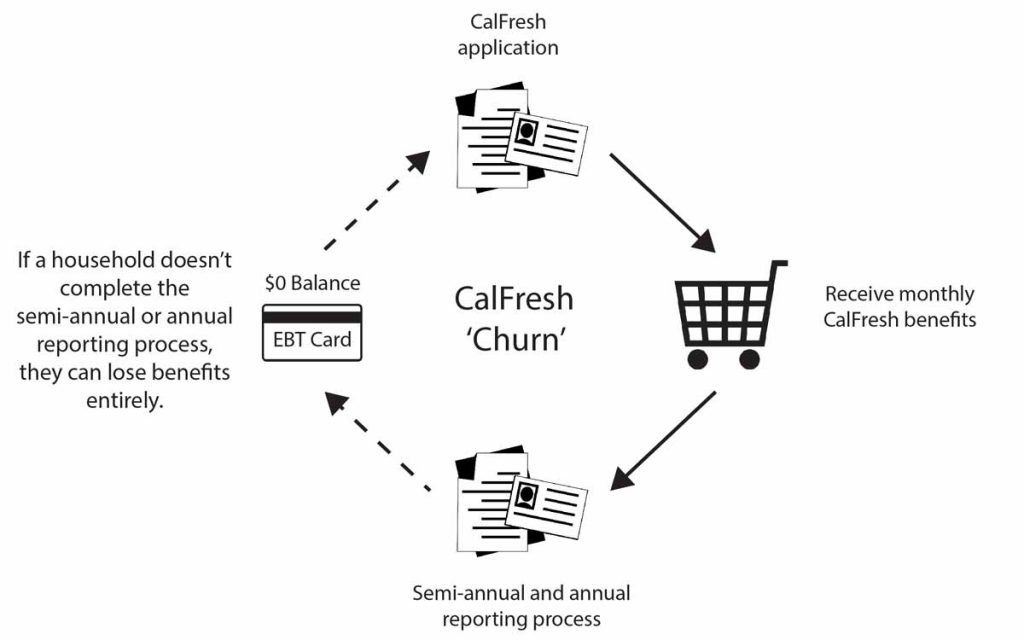We are happy to report that there is a lot to celebrate from California’s 2017 legislative session.
At the beginning of the year, our Policy and Advocacy Team set our sights on 11 bills and two budget issues that we knew could improve food access for our neighbors in need. Throughout the year we wrote letters to our legislators in Sacramento, encouraged our supporters to call their own legislators, and even testified at hearings in the Capitol. And thanks to our partners at the California Association of Food Banks, the California Food Policy Advocates, and the Western Center on Law and Poverty – among many organizations – we saw several important victories in our collective goal to end hunger. Here are some of the highlights:
Starting in 2018, we will see more State funding for food banks across the state:
- $8 million for the CalFood fund in 2017-18, which will provide State funding to food banks to purchase more California-grown fruits and vegetables – a big victory considering the fund only received $2 million last year! Thank you to those of you who signed a postcard for Governor Brown or Assemblymember Ting.
- Senate Bill 61, authored by Senator Hertzberg, will renew and extend the Emergency Food for Families Voluntary Tax Contribution Fund. This will allow taxpayers to keep contributing to the work of food banks in California through their tax returns.
Children and students in California will have better access to nutrition at school:
- Senate Bill 138, authored by Senator McGuire, will require school districts to identify children who are already on Medi-Cal so that they can automatically be enrolled in free school meals. The legislation also allows very high poverty schools across California to serve universal free breakfast and lunch to all of their students – not just those who are enrolled in free or reduced-price meals.
- Senate Bill 250, authored by Senator Hertzberg, will ensure that schools cannot deny lunch nor punish students if their parent or guardian hasn’t paid their lunch bill on time.
CalFresh (food stamps) will become easier to access for families and individuals in need:
- Several bills will make it easier for eligible people to receive and stay on CalFresh benefits starting next year. This includes SB 278, authored by Senator Wiener, which will protect CalFresh participants from penalties related to over-issuances when they were caused by county errors, and SB 282 also authored by Senator Wiener, which will provide clarity to counties on whether they can encourage people to use their CalFresh benefits at restaurants.
- Assembly Bill 607, authored by Assemblymember Gloria, will streamline and modernize the Disaster-CalFresh program, making it easier and quicker for people to receive benefits in the case of a natural disaster.
You, as supporters of the San Francisco-Marin Food Bank, empower our Policy & Advocacy team to advance legislation and policies that improve food assistance at the local, state and national level. For that we say thank you.
Click here to sign up for our Advocacy Alerts, so that you can help us to advocate at critical moments in the legislative session in 2018!


 Right now, Monet juggles a full class load with a full-time job to put herself through school. But with the skyrocketing cost of housing, she has trouble making ends meet.
Right now, Monet juggles a full class load with a full-time job to put herself through school. But with the skyrocketing cost of housing, she has trouble making ends meet.

Share